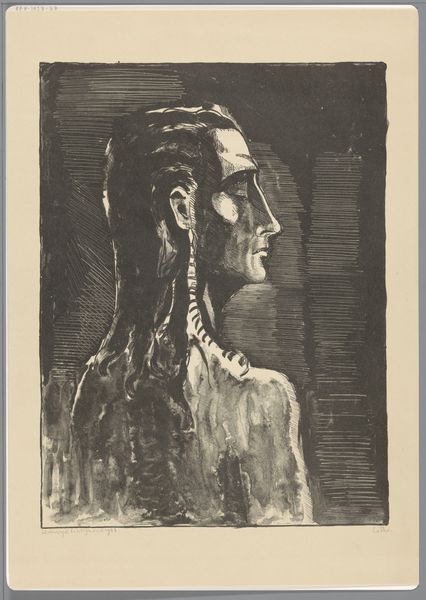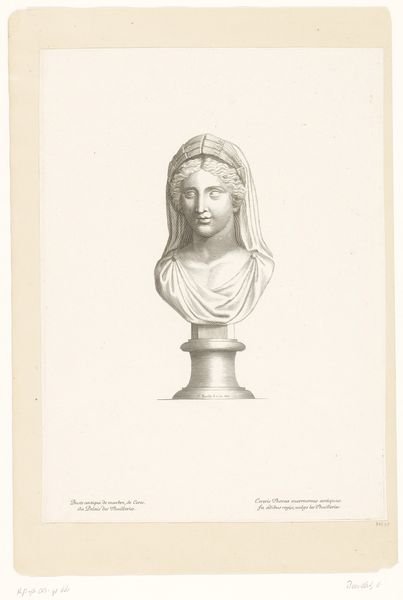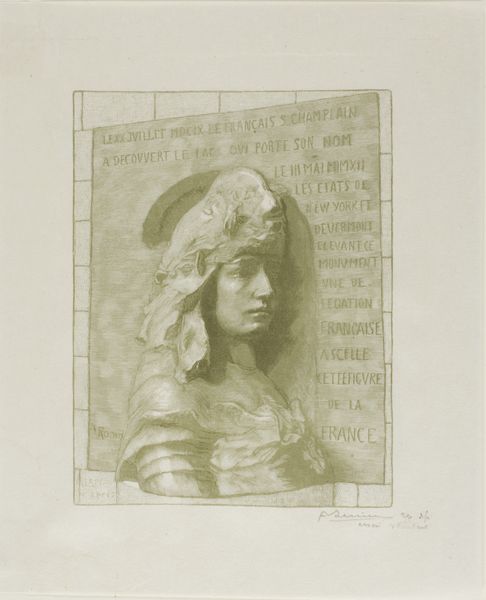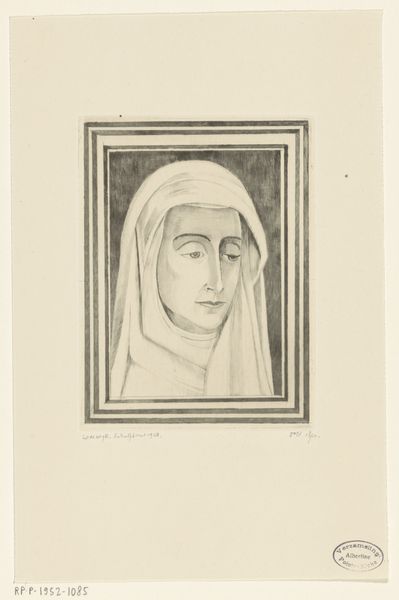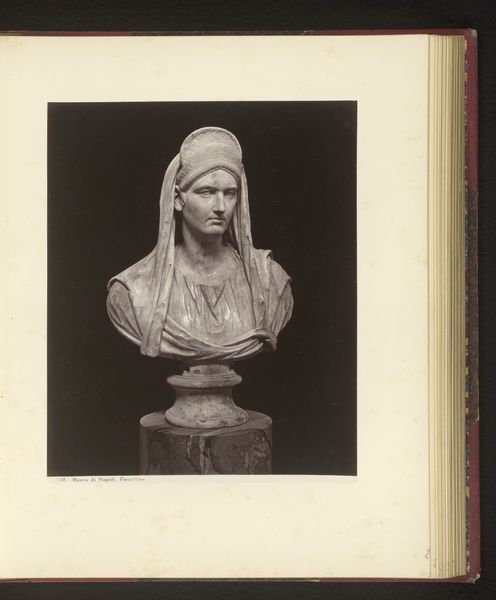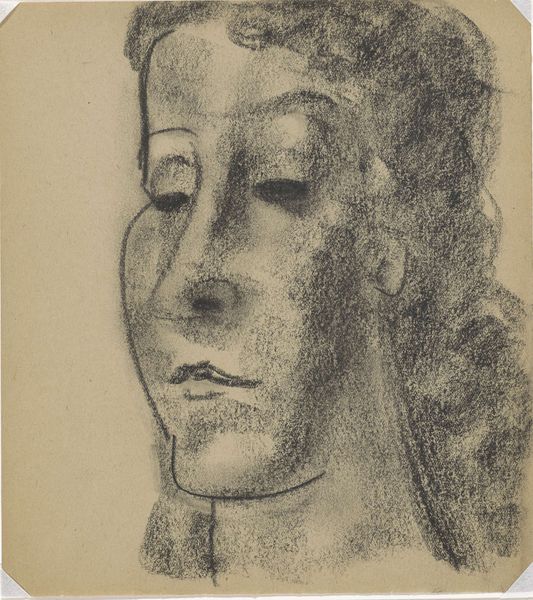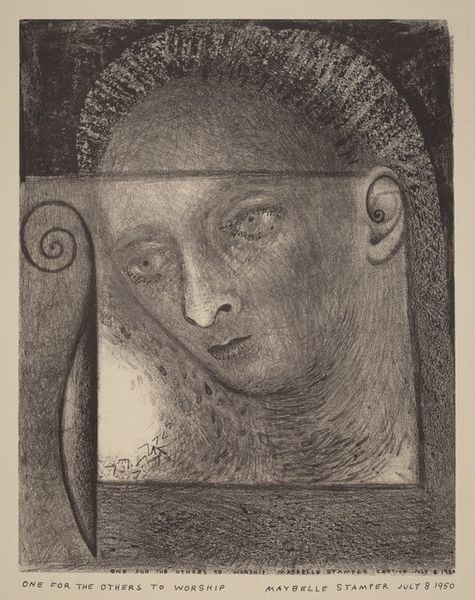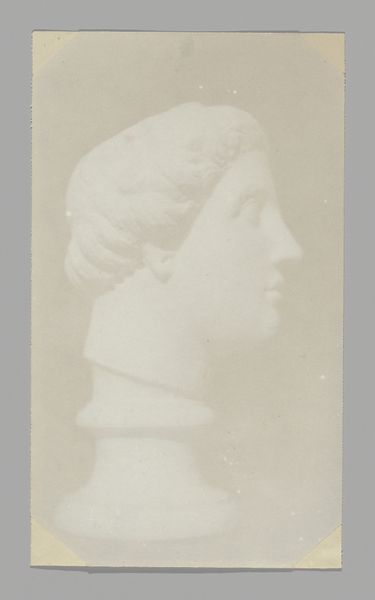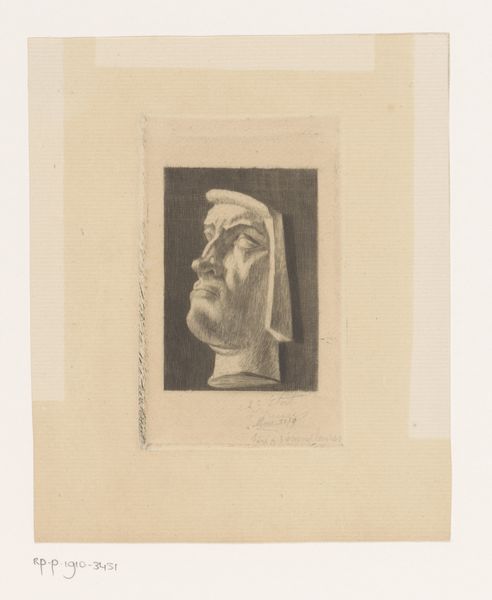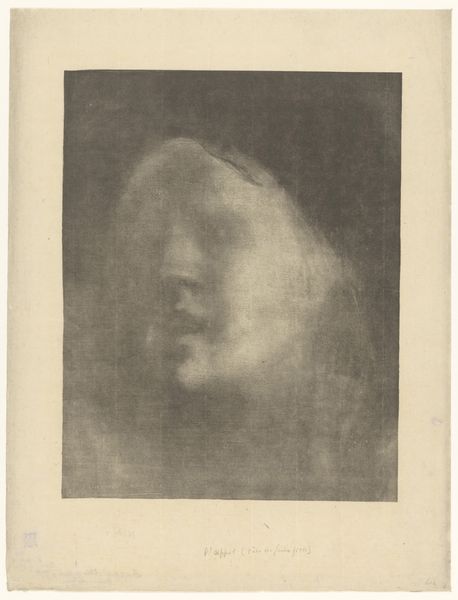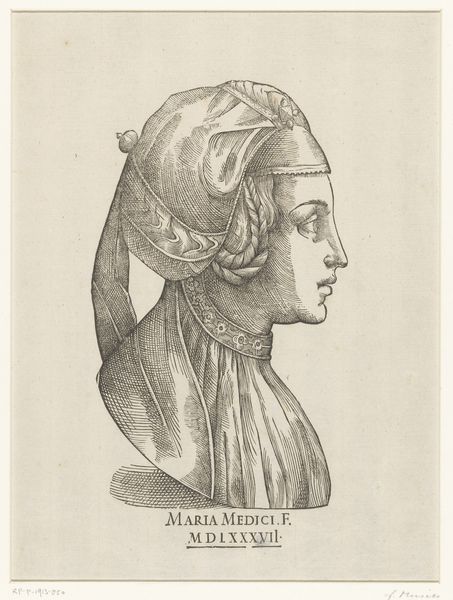
drawing, pencil
#
portrait
#
pencil drawn
#
drawing
#
facial expression drawing
#
pencil sketch
#
charcoal drawing
#
portrait reference
#
pencil drawing
#
pencil
#
animal drawing portrait
#
portrait drawing
#
portrait art
#
fine art portrait
#
realism
Dimensions: height 487 mm, width 380 mm
Copyright: Rijks Museum: Open Domain
Editor: Here we have Dick Ket’s "Head of a Veiled Woman," a pencil drawing created sometime between 1912 and 1940, currently residing in the Rijksmuseum. I’m immediately struck by the serenity in the woman’s face, but also a feeling of constraint imposed by the veil. What’s your interpretation of this work? Curator: I see the veiled woman through the lens of both historical and social constraints placed upon women, particularly within the timeframe this was created. The veil itself can be a potent symbol – simultaneously representing piety, modesty, but also enforced silence and invisibility within patriarchal structures. It prompts me to consider how societal expectations influenced identity and self-expression for women during this period, doesn't it? Editor: That's a great point. The ambiguity of the timeframe—between 1912 and 1940—adds layers to this interpretation. I'm curious, do you think Ket intended to make a direct statement about these issues, or was he simply portraying a common sight of the time? Curator: Intentionality is always tricky to ascertain. Perhaps it was a commentary, or perhaps simply a reflection of his time, but either way it engages in a broader cultural dialogue. We can explore this artwork, using feminist theory, as it allows us to critically examine the power dynamics inherent in representation and visibility. How does viewing this through the lens of contemporary discussions around body autonomy and freedom of expression change our understanding? Editor: Viewing it like that makes it feel very relevant. Thinking about veiling practices today… there are such different views of it across different communities. Curator: Exactly! And it allows us to appreciate how art engages with historical context and how social theory informs that engagement. It can prompt powerful discussions on issues that extend far beyond its aesthetic presentation. Editor: This has been such a great reminder that there's always a broader cultural narrative that we need to consider when looking at art! Curator: Absolutely! It is the intersection of art history and contemporary thought which brings everything to life!
Comments
No comments
Be the first to comment and join the conversation on the ultimate creative platform.


